Red, Green, and Blue are the color gamut in TVs.
As well as the white point, which determines what pure white will look like.
This range includes all the colors that can be created from mixing these three primary colors.
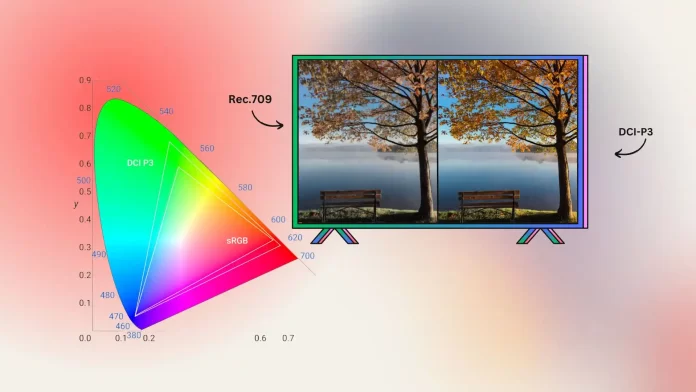
Vlada Komar
What is color space?
The TV color space defines the range of colors that the TV can reproduce.
It determines which specific shades of red, green, and blue can be displayed.
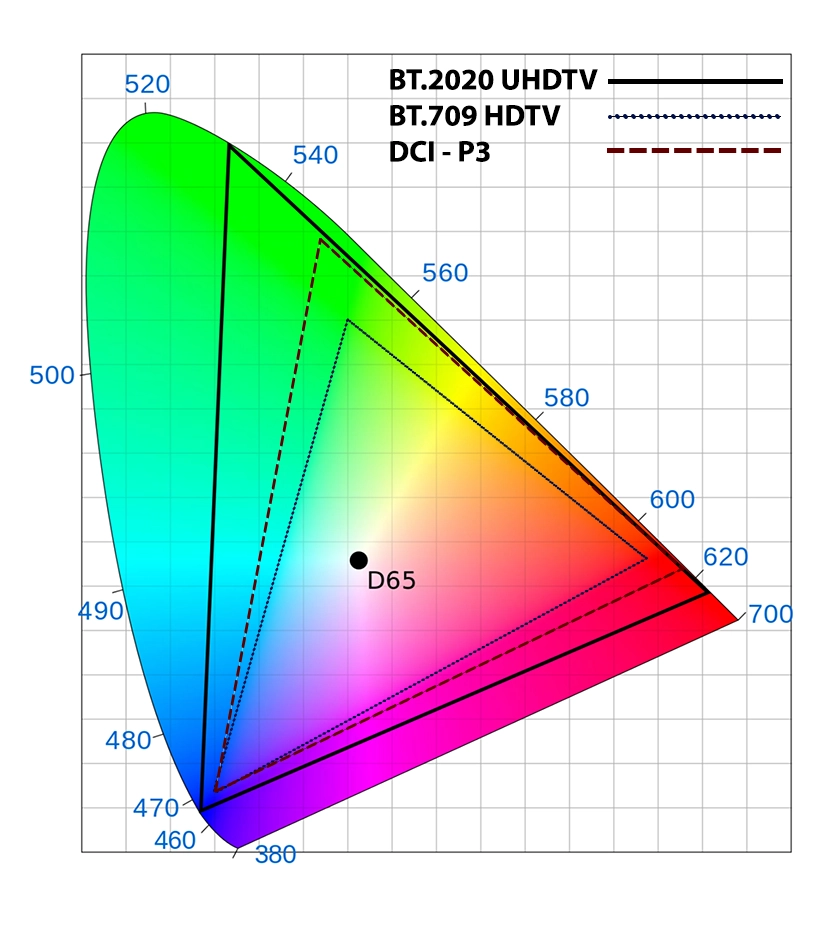
Each color space is created based on standards that set specific color reproduction parameters.
Several color spaces exist Rec.
What is color gamma?

TV gamma determines how different levels of brightness are reproduced on the screen.
How are color space and color gamma related?
Color space and gamma are related.
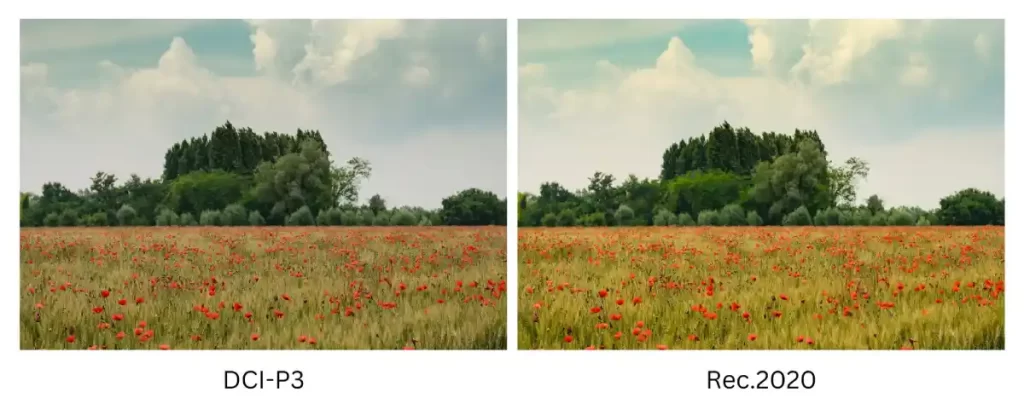
When we talk about image quality, both of these parameters play an important role.
Thus, selecting the correct color space and proper gamma correction is critical to quality imaging.
What are the color spaces?
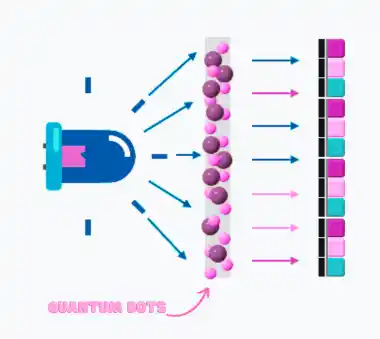
This is the gamma the color triangle.
The larger the triangle, the more colors will be reproduced.
709 is the color space that has become the primary standard for HDTVs.
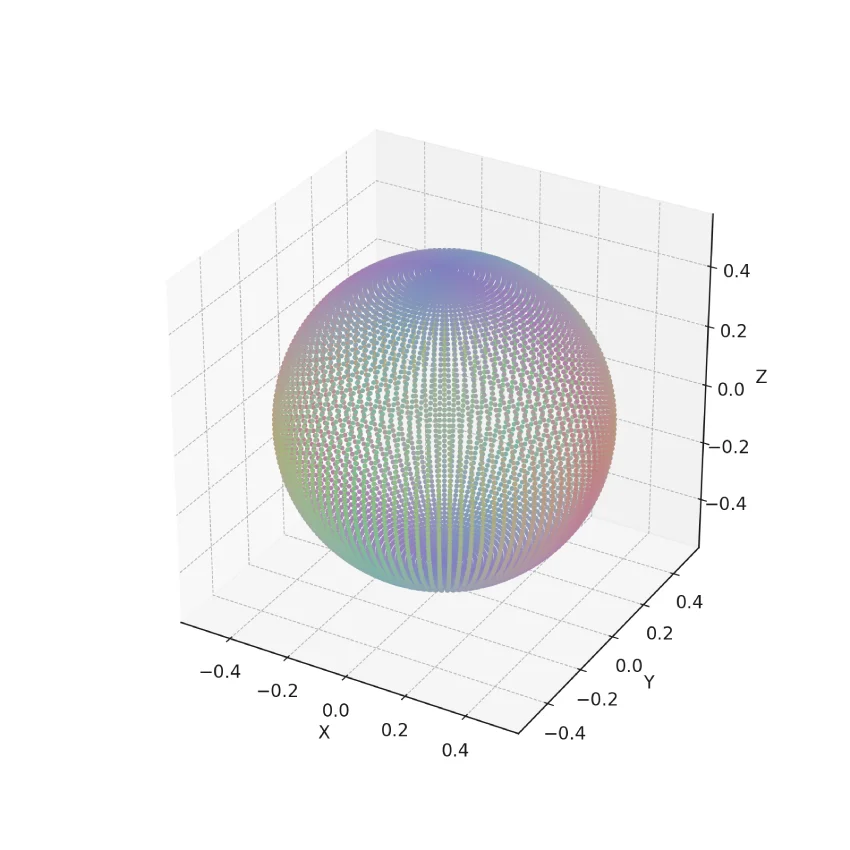
But most modern TVs have a wider color space.
In the past, most TVs focused on the standard Rec.
709, which was introduced for HDTV.
This standard covers only about 35% of the entire spectrum of colors the human eye perceives.
DCI-P3
Covers a wider range of colors than Rec.
709 and includes more saturated red and green hues.
The color gamut of more budget TVs is within 80-90% of DCI-P3.
The color gamut of high-end TVs may exceed DCI-P3, but they do not reach the Rec.2020 gamut.
How do the displays affect the color gamut?
The color space a display can reproduce depends largely on its technology and design.
Modern LED TVs that supportHDRcan often reproduce a wider range of colors supporting DCI-P3.
The image then has richer and more realistic hues.
Most modern OLED TVs cover the DCI-P3 color space.
QLED
QLED TVs from Samsung and other manufacturers use quantum dots to improve LED backlights brightness and color accuracy.
These displays typically support DCI-P3 and take steps to reproduce Rec.
Their high brightness and wide color range make them especially good for viewing HDR content.
What is the difference between color gamut and color volume?
In the field of TV and displays, the terms color gamut and color volume are often used.
These concepts are different, and understanding their difference helps you better appreciate the capabilities of modern TVs.
The color gamut is the set of colors that a display can reproduce.
The main difference between these concepts is that the color gamut defines a displays colors.
While color volume determines how bright or saturated those colors can be reproduced.
Learn more about Color Volume.
How do quantum dots affect the color gamut?
Quantum dots are used in TV displays to improve color quality and expand the color gamut.
This is what causes the dots to emit the desired color.
This allows quantum dot TVs to better meet color gamut standards such as Rec.
The color that quantum dots emit depends on their size.
For example, larger quantum dots emit more red light, while smaller ones emit more blue light.
How does color accuracy appear on different TVs?
Several parameters and technologies determine color accuracy on different TVs.
Color Depth
Color depth refers to the number of bits used to represent the color of each pixel.
HDR-enabled TVs may use 10 or even 12 bits per channel, increasing shades and improving color gradations.
Color Spaces
As we discussed earlier, there are different color space standards, such as Rec.
709 for HDTV, DCI-P3, and Rec.
TVs that support wide color spaces can display richer and more realistic colors.
Display Technology
These displays use organic materials that glow when current is passed through them.
They are known for their deep blacks, wide viewing angles, and excellent color reproduction.
These displays use liquid crystals to control the passage of light through different colored filters.
Brightness and color rendering may depend on the pop in of backlight.
This is LCD technology but with the addition of quantum dots that improve color accuracy and brightness.
Color Volume
This parameter describes the displays ability to display different colors at different brightness levels.
Contrast Ratio
This is theratioof the brightest white to the darkest black that the display can reproduce.
A high contrast ratio usually corresponds to a clearer and more vivid image.
OLED TVs are known for their exceptionally high contrast ratio.
Learn more about Color accuracy.